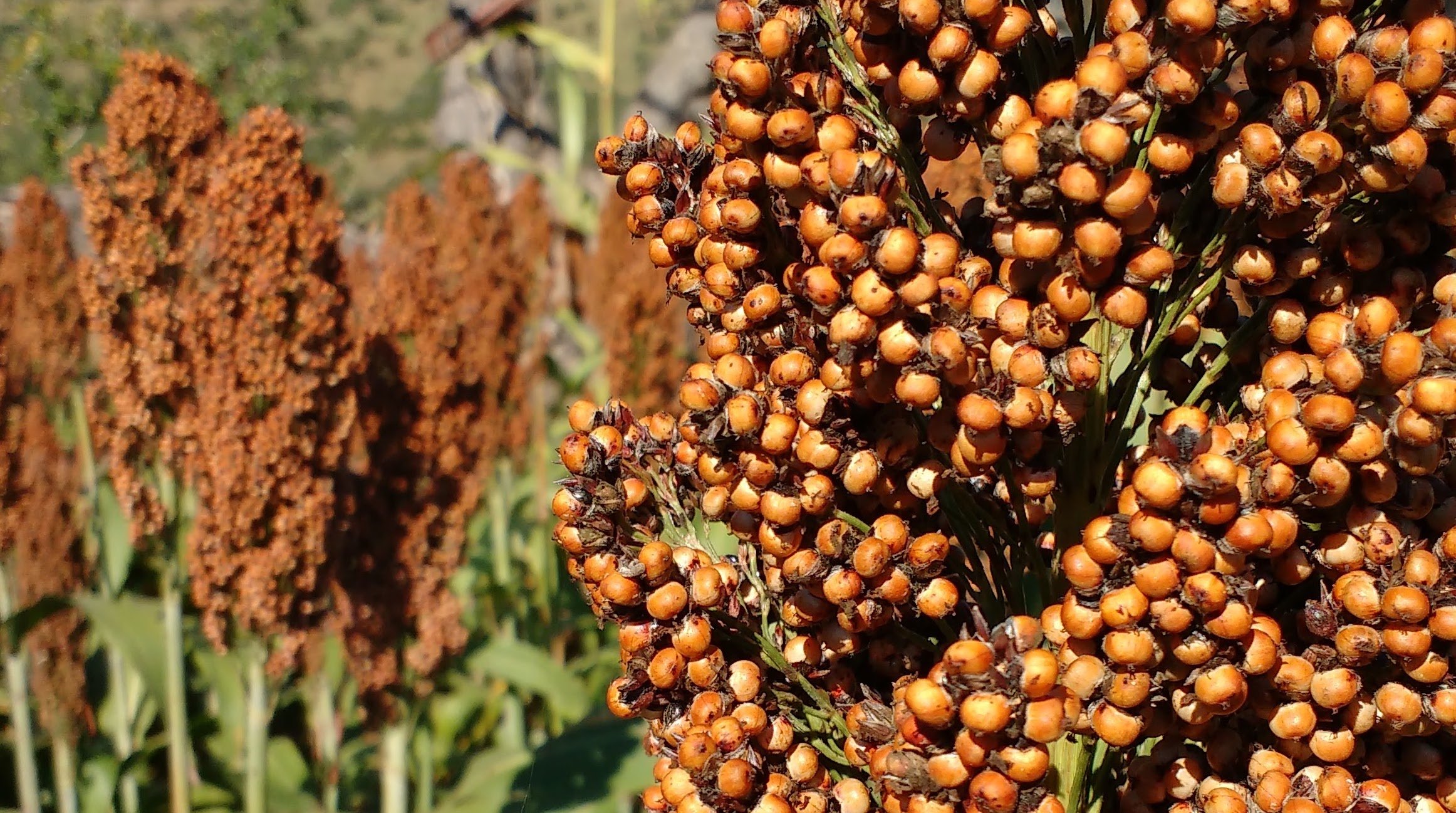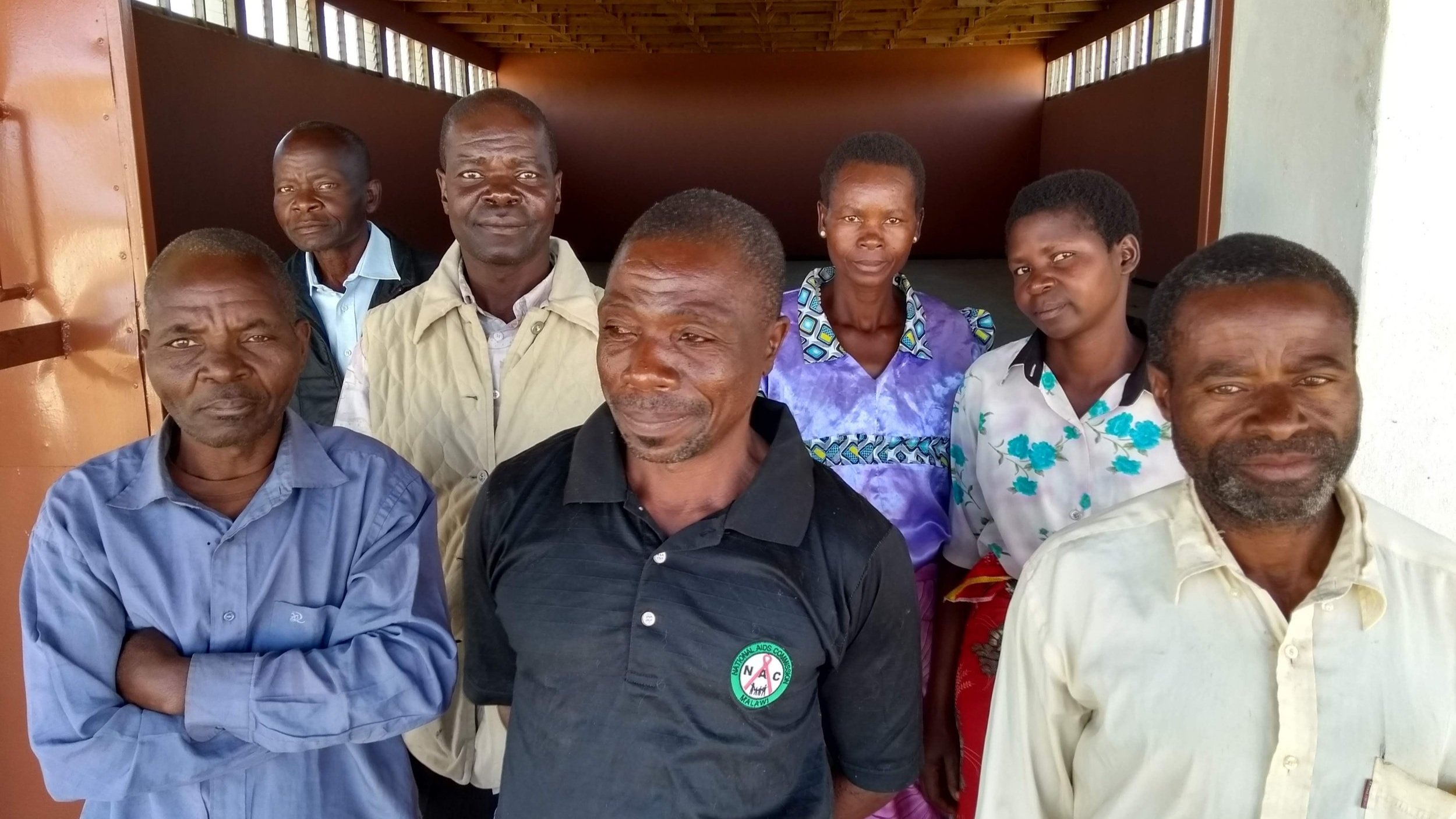
southern sorghum
enabling Zambian farmers to adapt to a changing climate
we believe a business is the best way to provide smallholders with everything they need to grow & sell indigenous, drought tolerant grains
We supply farmers with loans for seeds & fertilizers and most importantly market access.
We work with 300 smallholders in Kalomo District, Southern Zambia.
We provide seed loans that enable farmers to engage with commercial markets and ensures they are growing the varieties needed by commercial buyers. We combine this with fertilizer loans so that poorer farmers, who are most vulnerable to drought, are able to achieve similar yields to their wealthier neighbors and produce enough grain to feed their family.
Market access for drought tolerant grains gives farmers a real choice to diversify away from maize. By aggregating sorghum from a network of hundreds of smallholders farmers, we can supply the quantity & quality of grain needed by commercial buyers.
Our primary market is Zambian Breweries who have a commitment to source sorghum from smallholders.

we use household economy analysis to understand hunger & vulnerability
We use Household Economy Analysis (HEA) to understand local livelihoods and model our impact.
HEA baselines quantify food, income & expenditure for households in different wealth groups.
HEA Outcome Analysis builds on this baseline data and models the economic impact of specific hazards, such as drought or food price shocks, to determine whether household are able to meet their minimum expenditure requirements for food, health, education & livelihoods.
HEA is an established method widely used in national early warning systems by Governments across Africa as well as FEWS Net & the UN. We use HEA’s inherent modelling capacity to model household resilience to drought for smallholders in Southern Zambia that switch from growing maize to cultivating sorghum.
sorghum is naturally adapted to irregular rainfall
We are focused on sorghum, an African grain that’s naturally adapted to irregular rainfall and thrives in the semi-arid regions of East & Southern Africa.
Sorghum used to be widely cultivated in Southern Zambia but decades of institutional support for maize has distorted local markets and farmers can no longer find buyers for their sorghum.
The paradox is that global sorghum markets are worth billions of dollars but in Zambia, without a market, it simply doesn’t make sense for farmers to grow sorghum, however drought tolerant it might be. So the indigenous African grains that could prevent hunger & malnutrition aren’t being grown.
